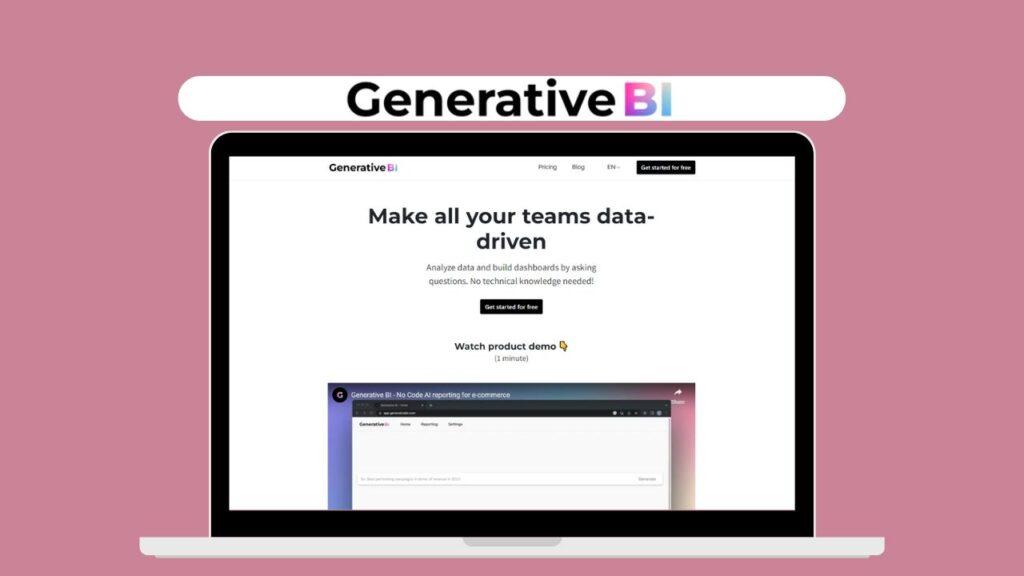Generative Business Intelligence (BI) is a data analysis approach that empowers companies to make swift and precise decisions.
Revolutionize Decision Making
Generative Business Intelligence (BI) is a form of data analysis that gives companies the power to make decisions faster and with more accuracy. It leverages machine learning and artificial intelligence to generate insights from large datasets in order to provide actionable intelligence. Generative BI enables organizations to gain insights quickly, without the need for technical knowledge or extensive manual effort.
Where Can I Use This?
Generative BI technology can be used in many areas, such as sales, marketing, finance and operations. For example, it can be used to identify potential customer segments, diagnose business trends and uncover opportunities for improvement in operational processes. Additionally, it can also be employed to better understand customer behavior and develop predictive models that can help with forecasting future outcomes.
Benefits
Generative BI offers several key benefits compared to traditional methods of data analysis:
- Faster Insight: Generative BI provides real-time insights on large datasets which can be generated within minutes rather than days or weeks like traditional methods. This allows businesses to quickly identify trends and patterns in their data and act upon them before they become outdated information.
- Improved Efficiency: By streamlining the process of uncovering insights from large datasets, Generative BI reduces the time spent by analysts searching for insights among thousands of rows of data. This results in improved efficiency across all departments of an organization as well as reduced costs associated with manual resources dedicated towards data analytics projects.
- Enhanced Security: All aspects of a company’s dataset are secured using encryption protocols – both when stored on servers as well as when being accessed through an API or dashboard interface – making it difficult for unauthorized entities to gain access or manipulate any portion of the data set without permission.
Drawbacks
Despite its many advantages however, Generative BI also has some drawbacks that must be considered before implementing this technology within an organization’s infrastructure:
- Cost: Implementing a generative system requires investments in hardware infrastructure such as servers and GPUs which may not be affordable for most small businesses looking to leverage AI technologies; while cloud-based solutions exist they can still incur high costs depending on usage requirements
- Complexity: Due to its reliance on complex ML algorithms, setting up a generative system requires technical expertise which may require additional investments in personnel training; depending on your current setup you may need help from external consultants or services providers who specialize in generative systems
- Potential Misuse: As mentioned above generative systems improve decision-making but because AI technologies are impartial they may lead organizations down paths that may not necessarily serve their long-term interests; there is also potential for misuse if malicious actors gain access either through hacking or by using legitimate credentials

